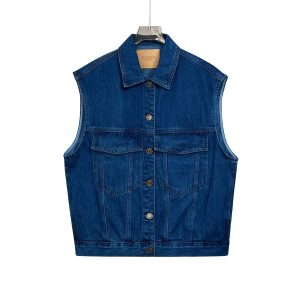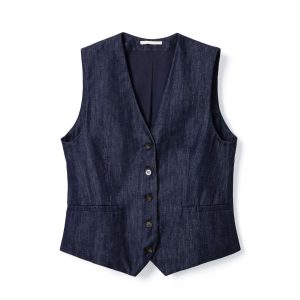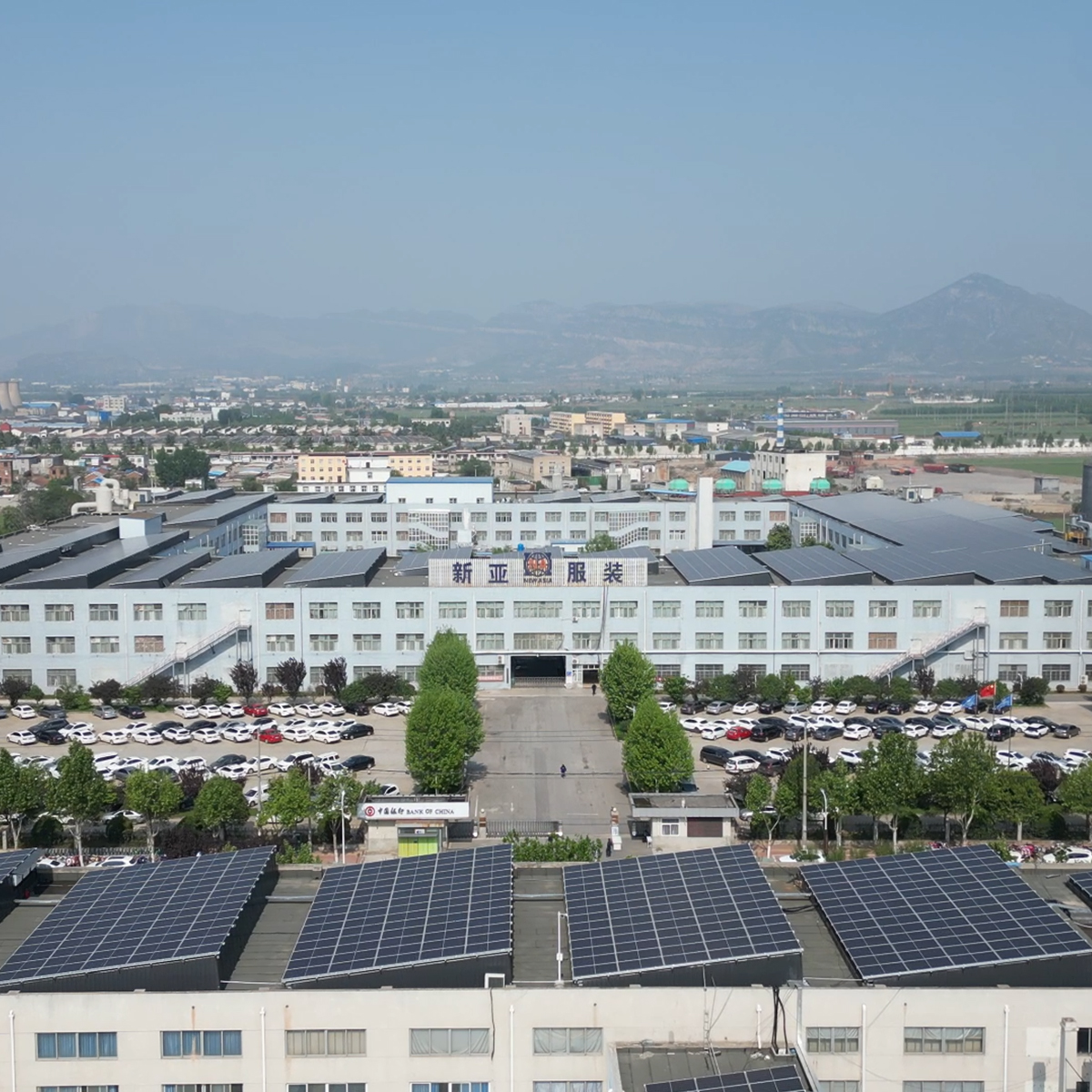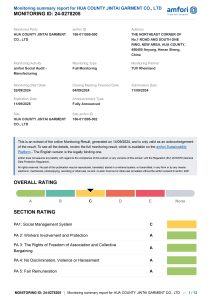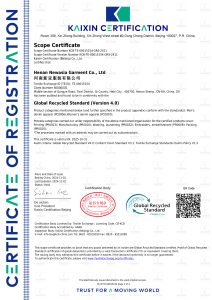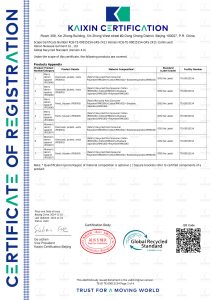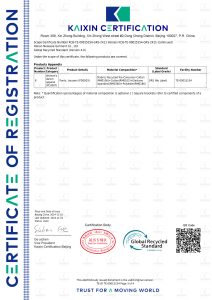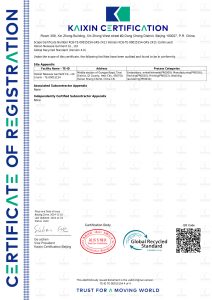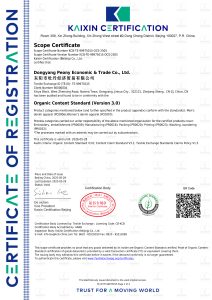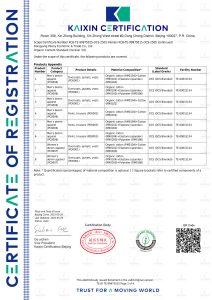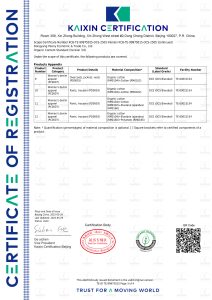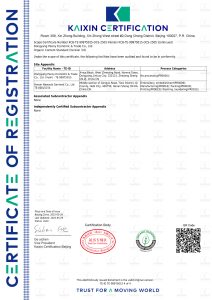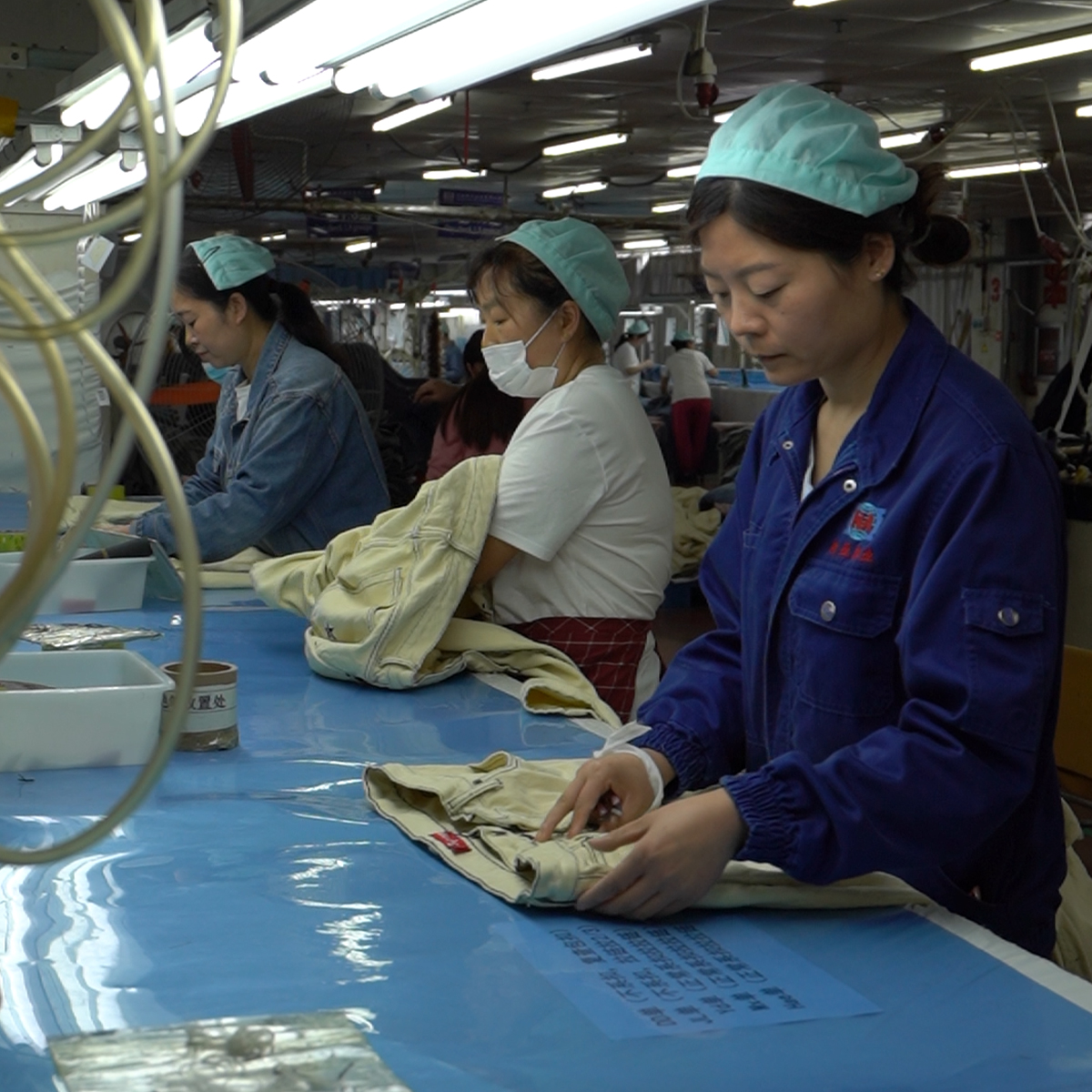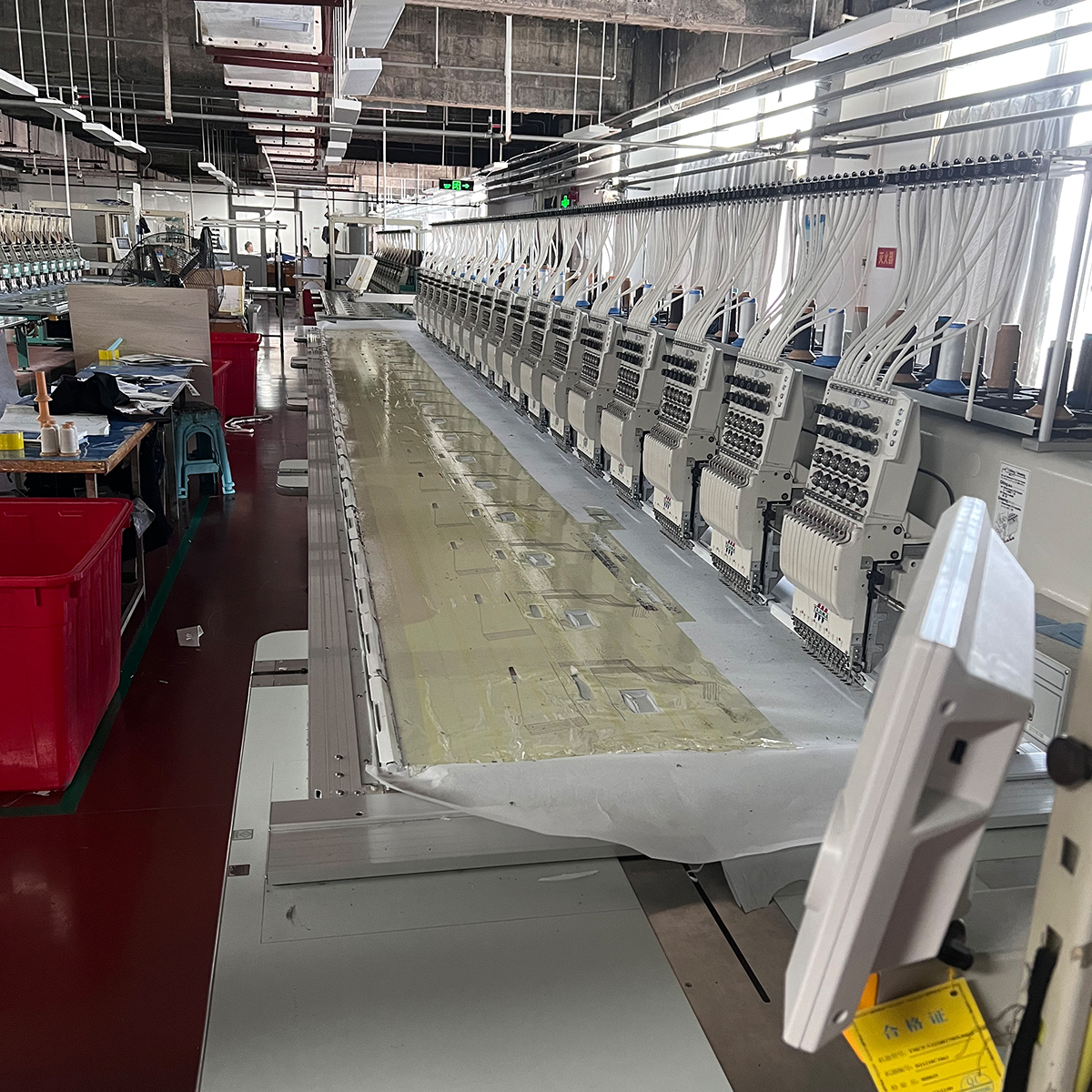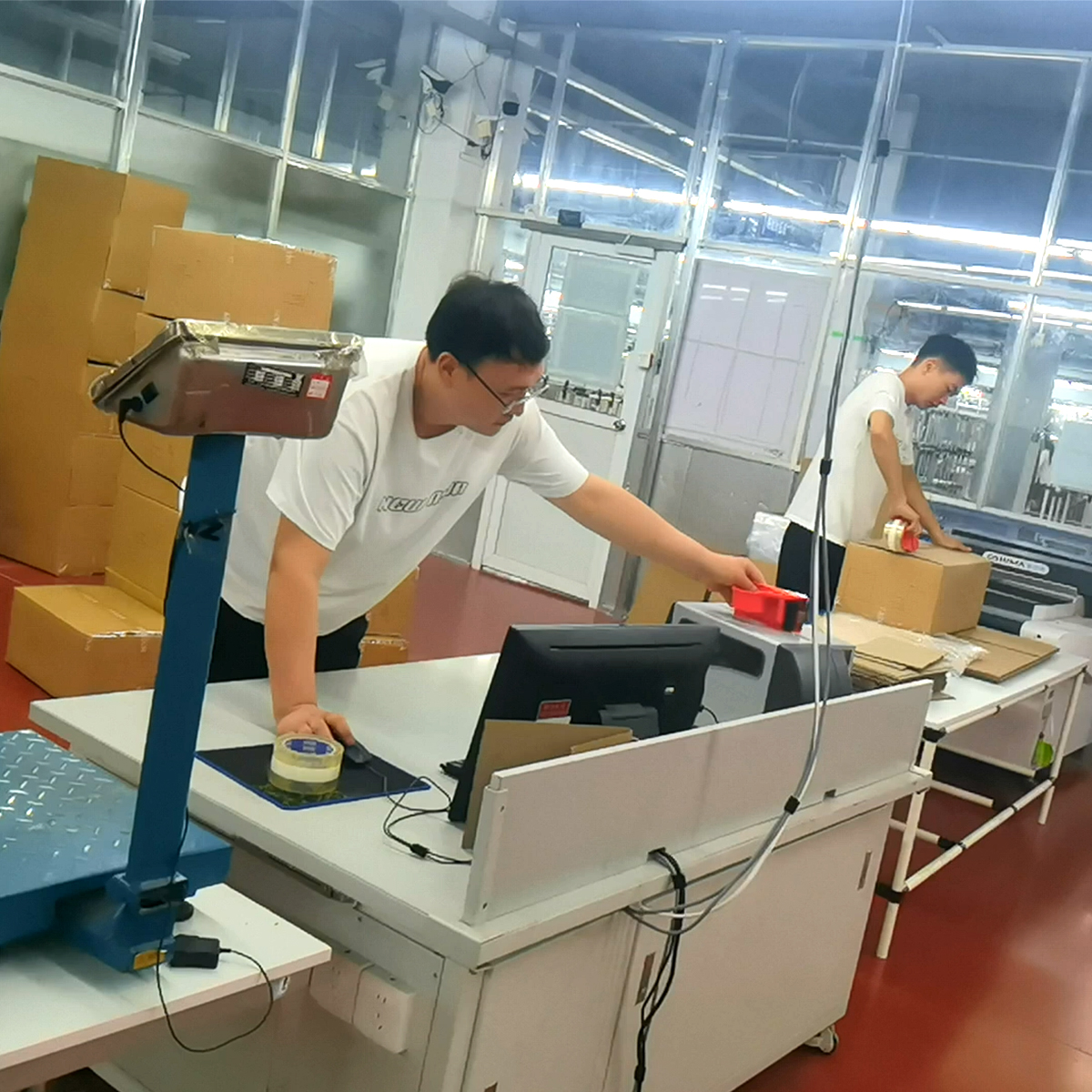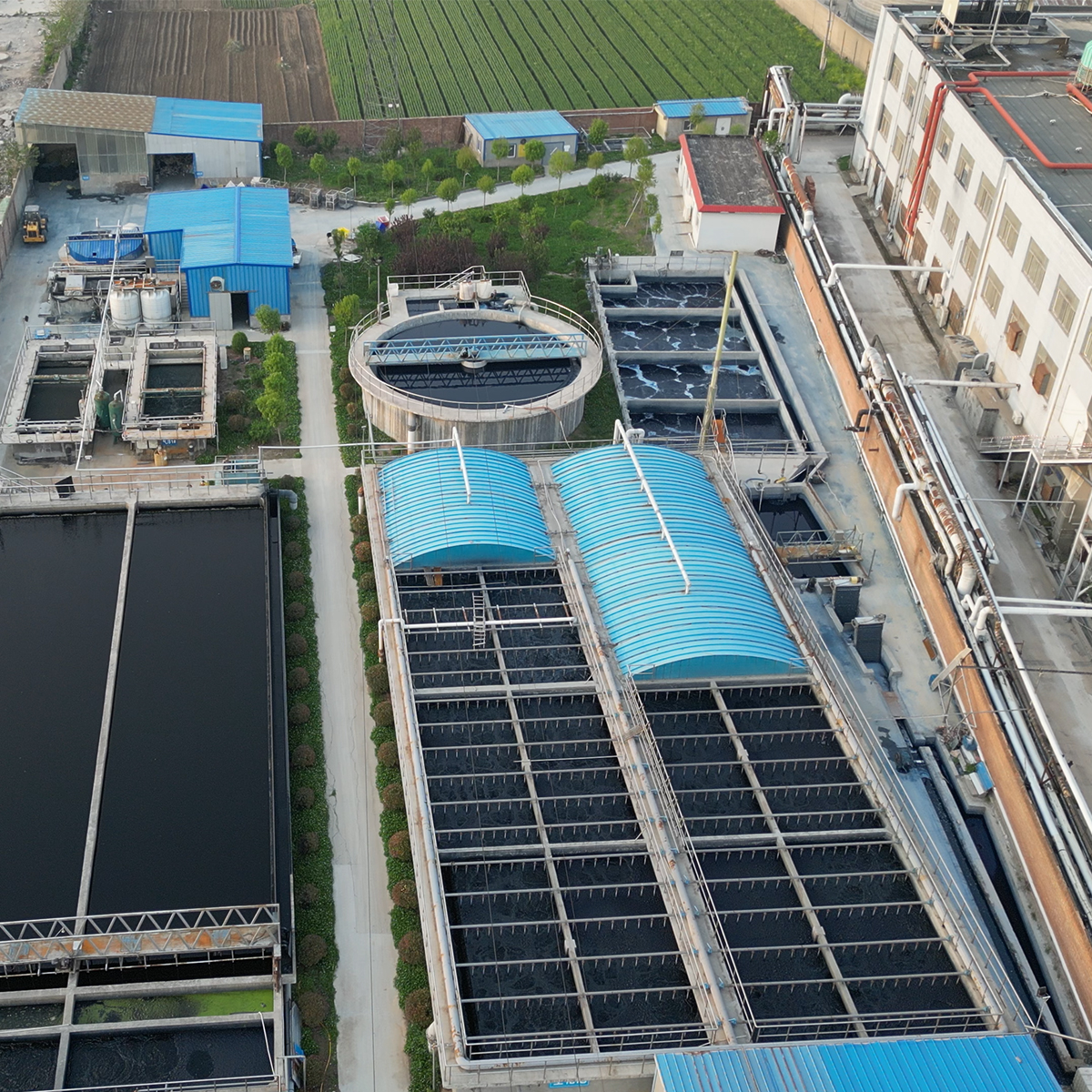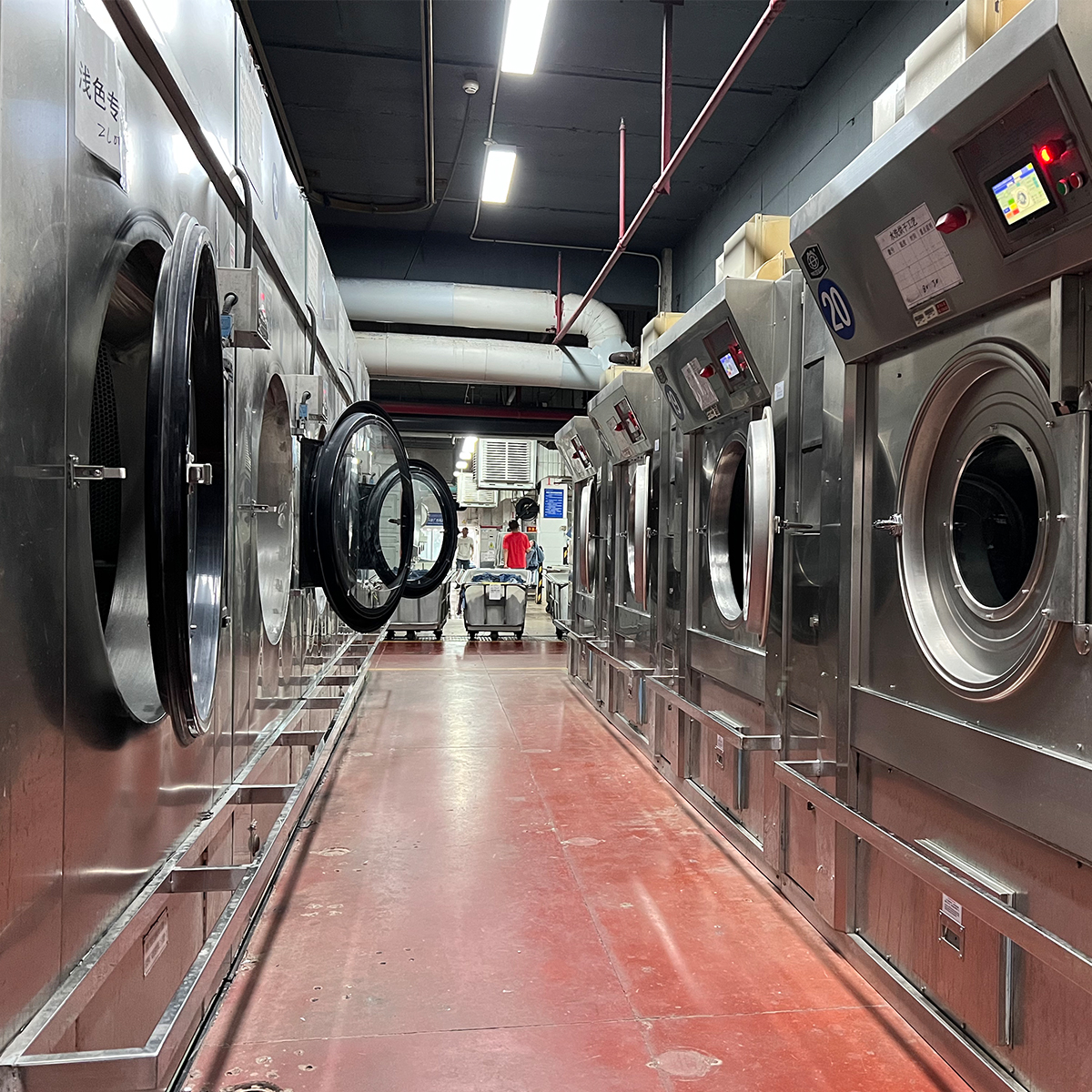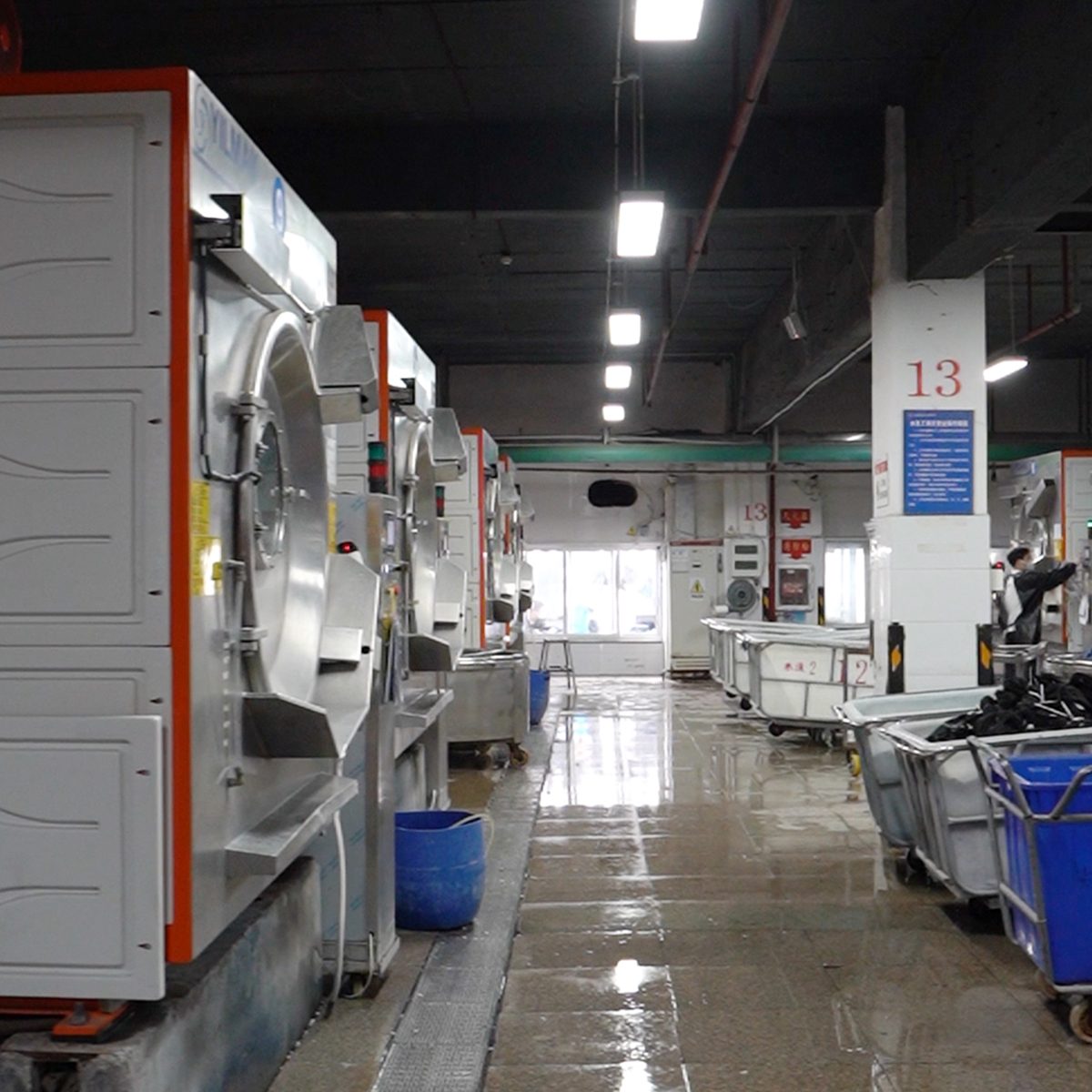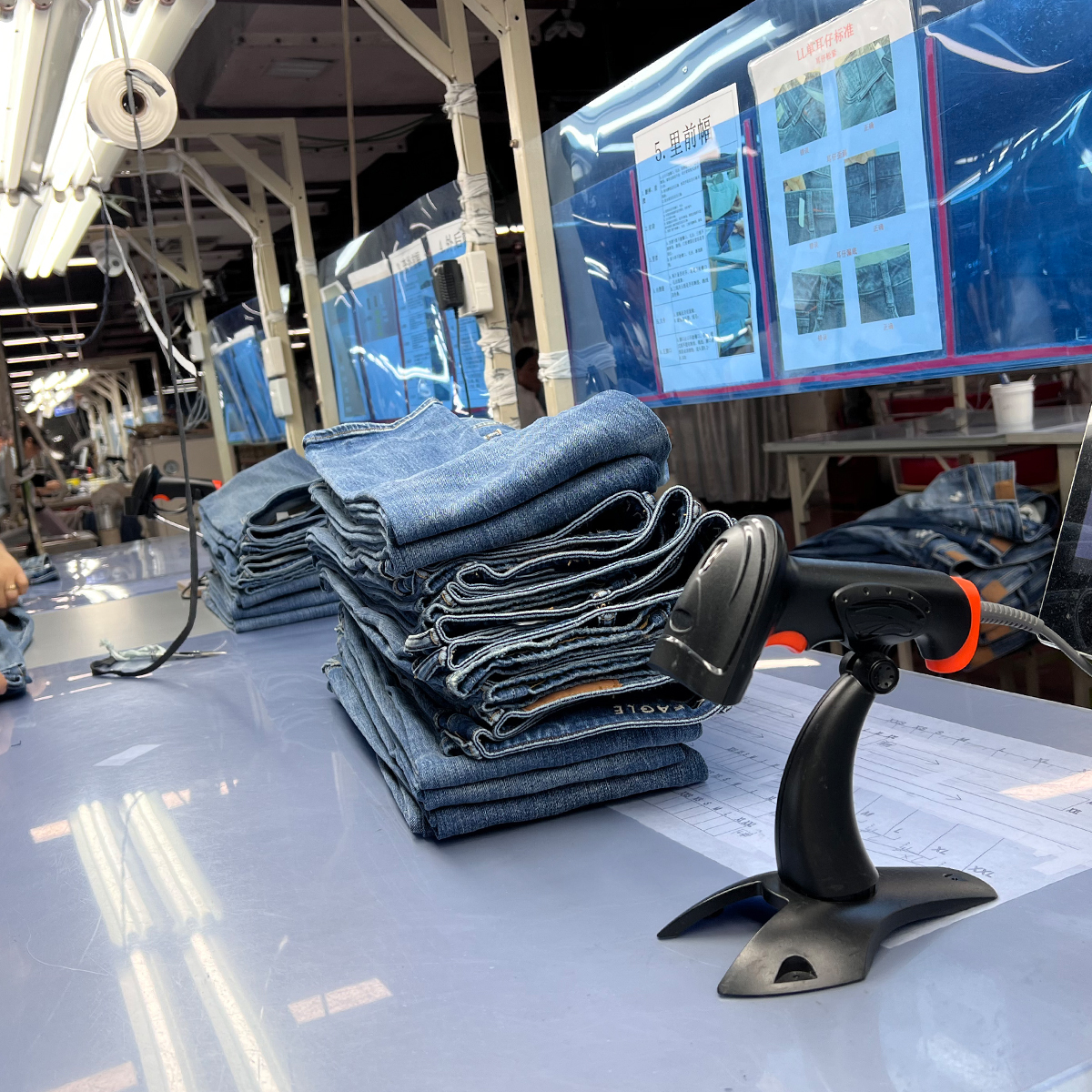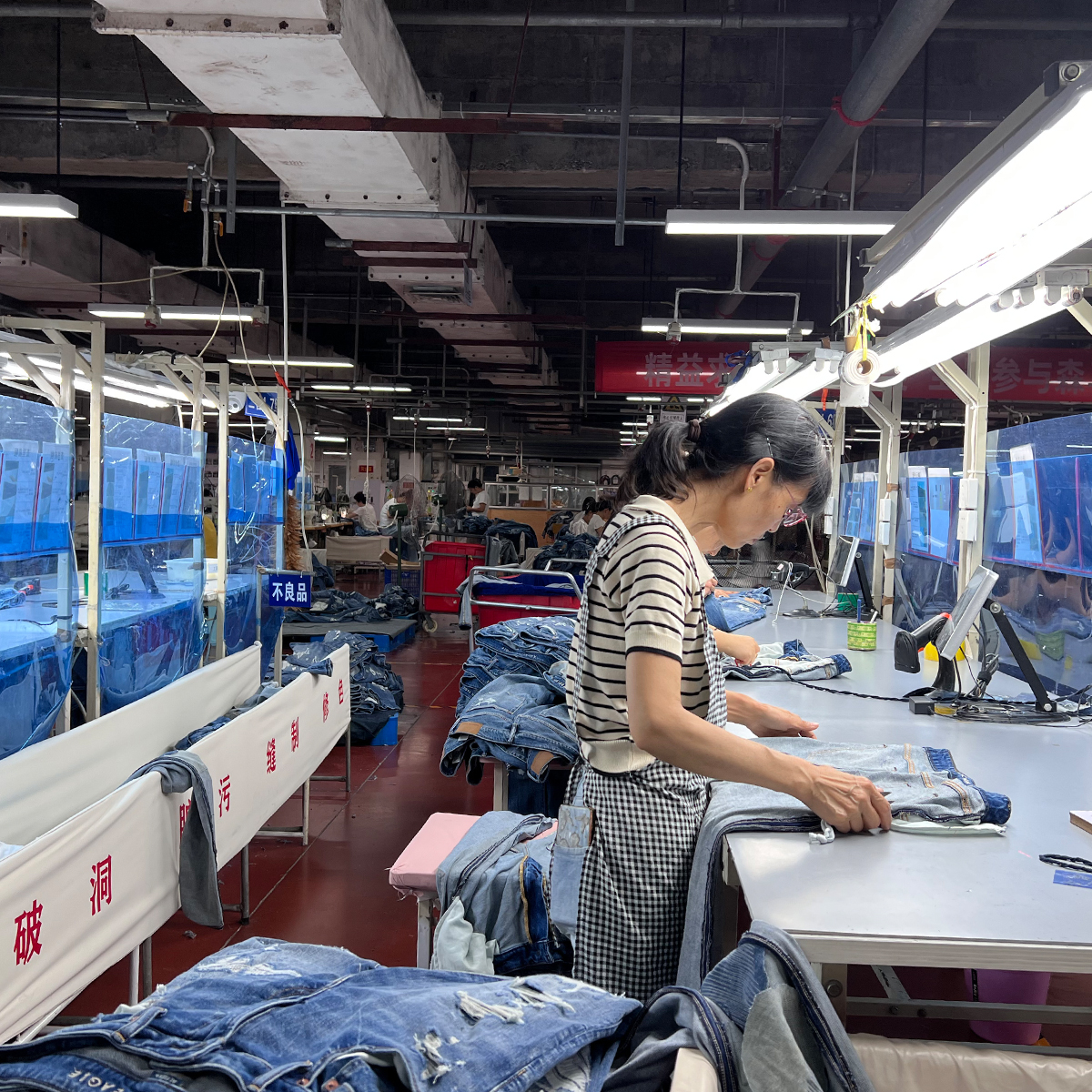Jeans are a staple in fashion, beloved for their durability, style, and versatility. However, the process of manufacturing jeans is more complex and costly than many might assume. This blog post delves into the various costs associated with jean manufacturing, providing insight into what contributes to the overall price. From materials to labor, let’s break down the expenses that go into creating your favorite denim.
The Basics of Jean Manufacturing
Manufacturing jeans involves several steps, each contributing to the overall cost. Typically, it begins with sourcing materials, followed by cutting, sewing, and finishing the denim. Understanding these processes is essential for grasping the financial aspect of jean production.
Material Costs
One of the most significant expenses in jean manufacturing is the cost of materials, primarily the denim fabric itself. High-quality denim can range from $5 to $20 per yard, depending on the fabric’s weight, texture, and the type of indigo dye used. For instance, organic or sustainable denim tends to be on the pricier end due to the ethical practices involved in its production.
Aside from the denim, other materials like zippers, buttons, rivets, and thread must also be factored into the total cost. The quality of these materials is crucial; many brands opt for premium hardware, which can add significantly to the final price per pair of jeans.
Labor Costs
Labor costs can vary widely based on location and the complexity of the designs. For example, manufacturing in countries with lower labor costs, like Bangladesh or Vietnam, might result in lower overall manufacturing expenses compared to countries like the United States or Italy.
On average, labor costs can account for about 20% to 30% of the total production cost. Skilled workers are required for more detailed craftsmanship, particularly in high-end jeans with intricate designs or embellishments. These skilled hands are essential for ensuring quality and precision in production.
Factory Overhead
Every manufacturing facility has overhead costs, including rent, utilities, equipment maintenance, and insurance. These costs are distributed over the number of units produced, increasing the overall expense per pair of jeans. Depending on the efficiency of the factory, this can add an additional $5 to $15 to the price of manufacturing.
Research and Development Costs
Before any jeans hit the production line, there’s a significant investment in research and development (R&D). Whether it’s creating new jeans styles, experimenting with fabrics, or ensuring the sustainability of materials, R&D comes at a cost that must be recouped. This might range from $1 to $5 per pair, depending on the extent of the research conducted.
Cost Breakdown: From Design to Delivery
Let’s break down the costs in a more structured format, illustrating how the overall cost of manufacturing jeans is established:
- Raw Materials: $10 – $50 per unit
- Labor: $5 – $20 per unit
- Overhead: $5 – $15 per unit
- R&D: $1 – $5 per unit
- Shipping and Logistics: $3 – $10 per unit
The Role of Branding
Branding plays a significant part in the perceived cost of jeans. High-end labels often market their products with a focus on exclusivity and quality. As a result, a pair of designer jeans can retail from $100 to $500 or more, drawing a stark contrast to mass-market jeans priced between $20 and $60.
Brand reputation can also influence consumer willingness to pay a premium. Brands that focus on sustainability, fair labor practices, and ethical manufacturing processes can often command higher prices, as consumers increasingly seek to make purchases aligned with their values.
Environmental Impact on Production Costs
In recent years, there’s been a growing focus on the environmental costs associated with denim production. Water usage, dye processes, and waste management have all become critical factors that contribute to the overall cost of manufacturing. Eco-friendly practices, including the use of organic dyes and sustainable materials, can increase production costs but also appeal to a market segment willing to pay more for sustainable fashion.
Market Trends Affecting Costs
Market trends significantly influence manufacturing costs. During periods of high demand, suppliers may increase material prices, thus raising the production cost for brands. Alternatively, global economic conditions, such as tariff changes or supply chain disruptions, can also impact expenses.
The Future of Denim Manufacturing Costs
As we look to the future, the cost of manufacturing jeans is expected to evolve. Innovation in technology, such as automated production methods, could streamline certain manufacturing processes, potentially reducing labor costs. Additionally, the increasing demand for sustainability may push brands to invest in greener practices, which can temporarily inflate production costs but also foster long-term savings and brand loyalty.
In summary, the costs associated with manufacturing jeans are multifaceted and influenced by various factors including materials, labor, market trends, and environmental considerations. Understanding this intricate pricing landscape can equip consumers with the knowledge they need to make informed purchasing decisions while also raising awareness about the true costs of fashion.



